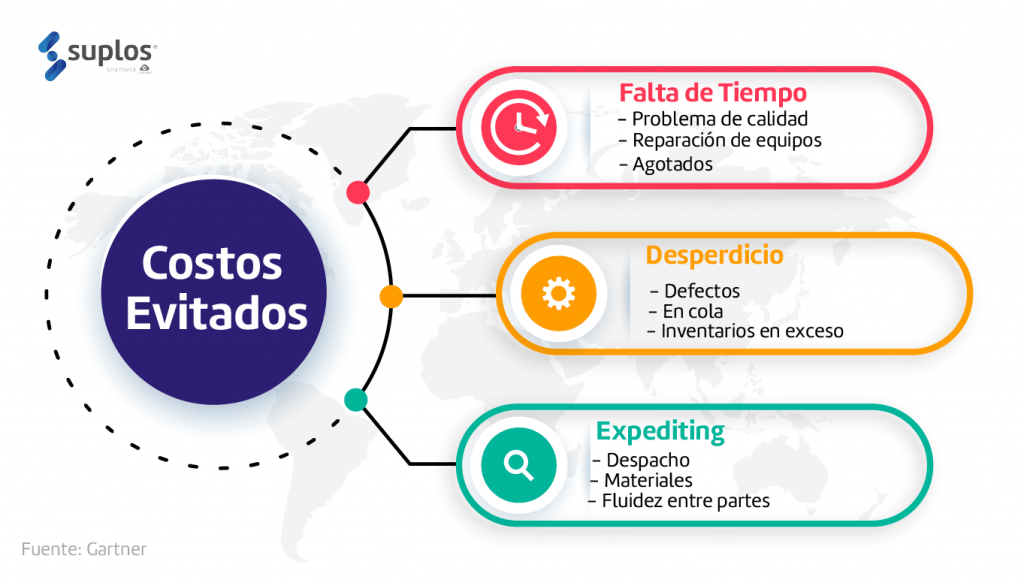- Need to improve the decision making process
- Reduce operational and support costs
- Orchestrate processes in different functions
1. As with any project, it takes a pragmatic approach.
In general, start with a specific scope and focus to create early wins within the organization. Learn the tools, iterate until you get users to use the tools (some evangelists can be helpful) and move on to the next challenge.
2. Develop applicable use cases within your Supply Chain.
Collect and evaluate use cases and prioritize the top 2 to 5 cases with the most critical need for visibility. For example, issues that jeopardize the ability to deliver in a timely manner, areas that are causing costly delays, bottlenecks that impact overall performance, among others.
Link use cases to specific metrics that are actionable. These metrics serve to monitor that action can be taken immediately to improve results or performance and provide an easy way to quantify the value of use once implemented.
3. Evaluates avoided costs
When starting out, it may be easier to assess the costs that will be avoided by enabling real-time visibility than to try to quantify the benefit. You will be able to measure the benefit more easily when enabling visibility and making the link to actionable metrics. Typically avoided costs can be channeled into 3 areas:

4. Outlines the information required to support the use case.
What available information needs to be generated? With what time interval (real time)? To whom? Is there an analysis that needs to be used in the technology tool? Who would be making decisions based on the availability of the information? Resolving these questions is key before moving forward with technology selection.
5. Identify the source of the data
What are the systems, software, equipment that you need to connect, so that the required level of data can be provided to support the use case?
6. Usability
This element is key to ensuring that the user is engaged and adopts the technology. How do you want to present the information (blueprints, charts, graphs, reports)? And how would you like to interact with the output? For example, by offering the ability to explore in greater detail the overall results to find the root causes of delays in the timing of overseas suppliers or by making a visible publication on the management of purchasing teams.
7. Continuous improvement
Visibility is important, but it is even more important to have the option to improve the visualization tools as the company's needs are coupled with new realities. Make a connection between the specific use case and an important effort in continuous improvement that will undoubtedly empower users and show the value of the technology.
Source: Gartner

